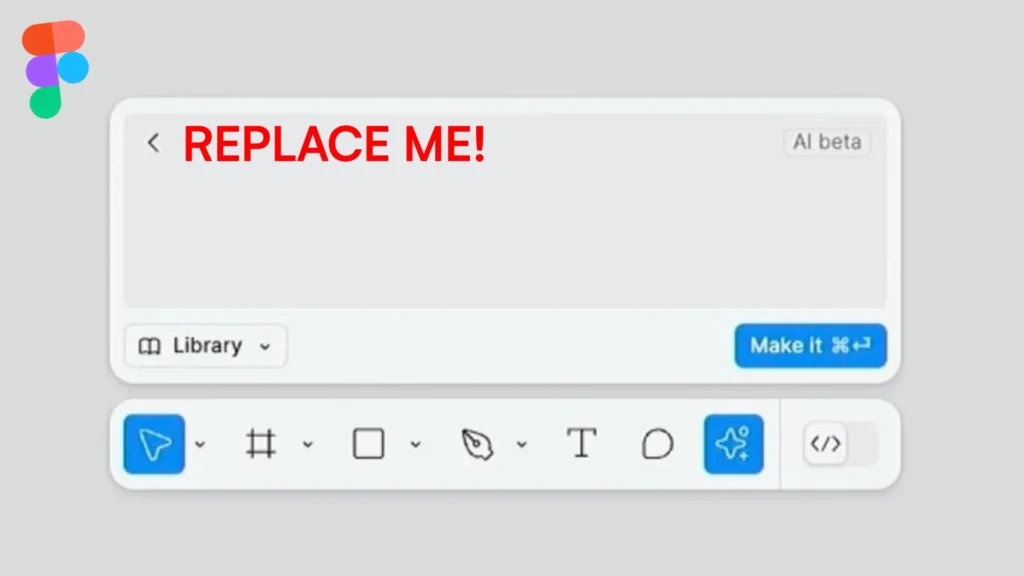- Artificial Intelligence, Creativity, Curatorial Design, Design, Design Ethics, Design Evolution, Design Systems, Design Thinking, Designer Roles, Future of Design, Generative AI, Technology, User-Centered Design
AI is reshaping the role of designers, shifting them from creators to curators. This article explores how AI tools are changing design workflows, allowing designers to focus more on strategy and user experience. Discover how this shift is revolutionizing the design process and the future of creative work.
- This article examines how AI is transforming the role of designers, shifting them from creators to curators.
- It explores how AI tools are enhancing design processes by automating routine tasks, allowing designers to focus on strategic decision-making and curating user experiences.
- The piece highlights the growing importance of creativity in managing AI-driven systems and fostering collaboration across teams, ultimately reshaping the future of design work.
Share this link
- November 21, 2024

- Artificial Intelligence, Design, Tech Trends, UX
Uncover the dynamic landscape of UX design as artificial intelligence continues to reshape the field. With automated tools revolutionizing our roles, what does the future hold for designers?
- The article explores the impact of AI on UX design, questioning the future role of designers as automated tools become more prevalent.
- It highlights the historical evolution of UX design and the commodification of design roles, emphasizing the shift from creative problem-solving to efficiency-driven practices.
- It emphasizes the need for future designers to be generalists with strong decision-making skills, capable of leading projects and maintaining creativity in an AI-driven landscape.
Share this link
- August 6, 2024

- Artificial Intelligence, Conversational Design, Design, Design Tools and Software, Technology
I have seen untold AI horrors along the journey, so, you’re welcome.
- The article provides an overview of seven free online AI image generators, each with its own unique features and benefits, offering options for users seeking AI-generated images for various purposes.
Share this link
- November 7, 2023

- 3D Graphics and Interfaces, Accessibility, Behavioral Science, Customer Experience, Design, Design Tools and Software, Interaction Design, Interface and Navigation Design, Mobile Applications, Mobile Technology, Motion and Animation, Usability, UX Education, UX Magazine
Everything you need to know about what makes a button great.
- Buttons are one of the main UI elements in interactive design and most businesses measure their success by button clicks.
- The author covers the principles for a good button design at Wix:
- Making a button clear
- Making a button findable
- Making a button identifiable
- Maintaining clear, predictable and simple text
- Using single icon buttons with caution
- Minding hierarchy and emphasis
Share this link
- November 1, 2022

- Customer Experience, Design, Design Theory, Usability, UX Education, UX Magazine
The idea of design systems can be found throughout history. In order to meet expanding needs, designers turn to design systems to streamline design with the hopes of providing value at lower cost and effort.
- The idea of design systems might still be new to some but fairly established in UI design for some years now while the idea of a systemized approach to design can be found throughout history.
- Tony Olsson, Lead Product Designer at Axis Communications, makes you question the capabilities of a system by recollecting past history events.
- The ideas behind design systems are based on system thinking which assumes that a whole can not be fully explained in terms of its parts and can not be understood without reference to its environment.
- The design system encourages fragmentation and isolation of design problems with clear answers, constraints, feedback loops in linear stages.
Share this link
- March 3, 2022

- Business UX Leaders, Business Value and ROI, Employee Experience, Employment and Hiring, Project Management, Psychology and Human Behavior
Foundational UX skills that will help your team delve deeper into UX design
- There are 12 core competencies that a UX design team should master. These skills differentiate human designers from any existing robot.
- Looking for a purpose and asking “why” in addition to “how” and “what” is a good starting point to deliver the right solution that solves users’ problems.
- It is equally important to validate designs, review user flows, refine UX writing skills, and, most importantly, become genuine advocates for users experience.
Read the article to get practical advice on how to develop these 12 core competencies of a UX team.
Share this link
- August 9, 2021


